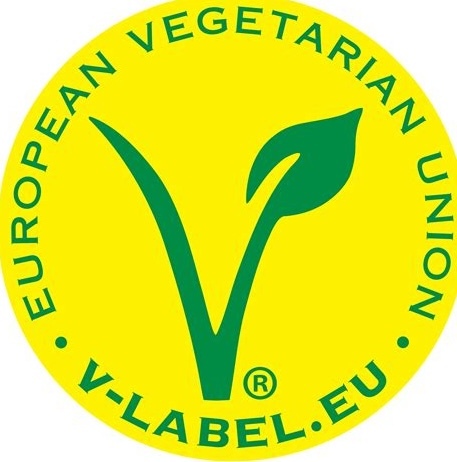Not just land use. Arable land (not “marginal”) can be considered as an input to production, a variable in the outcome. It is not the only variable. As we’re talking about industrial agriculture, the other inputs are machinery, seeds, agrochemicals, and fuels (and labor if you want to count it here).
The animal farming sector competes on all these in one way or another, raising demand and pricing out poorer farmers around the world. This isn’t necessarily a rule, but it’s common and it matters; not all inputs are near scarcity. The most important one is probably fertilizers: Savings in fertilizer requirements from plant-based diets - ScienceDirect
Ex. from 2021 Global farmers facing fertiliser sticker shock may cut use, raising food security risks | Reuters
This is made worse by the fact that the rich “developed” countries dedicate a lot of resources to animal farming, including feed crops, and they bring in loads of ag. subsidies for that. Poorer countries can’t afford meaningful subsidies, so they can’t compete to buy the expensive inputs as easily. Effectively, subsidies for eating animals in rich countries translates, through the invisible hand of the global ag. inputs market, into food insecurity in poor countries. I’m not the first to point that out: https://openknowledge.fao.org/server/api/core/bitstreams/0a8bd248-025d-49fd-99e2-d8ae972fa124/content
And marginal land competes with forests, wetlands, biodiversity. “Marginal land” is a poisoned concept: https://tabledebates.org/blog/marginal-lands-sustainable-food-systems-panacea-or-bunk-concept



